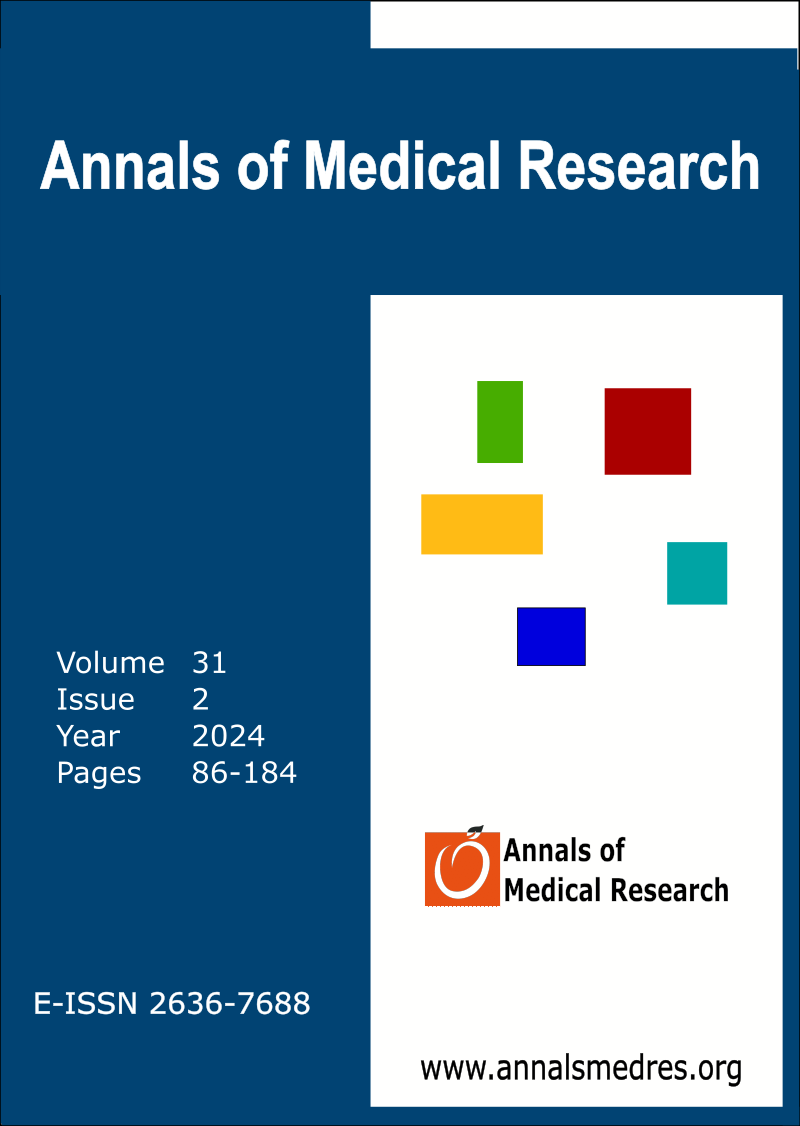Can lacrimal gland reposition surgery performed during upper lid blepharoplasty lead to dry eye disease?
Keywords:
Lacrimal gland prolapse, Reposition surgery, Ocular surface disease, OSDI, Upper lid blepharoplastyAbstract
Aim: The aim of the present paper was to investigate the impact of lacrimal gland reposition procedure on ocular surface parameters, and the paper seeks to fill a gap about a subject that has not been studied in detail before.
Materials and Methods: The medical records of patients who underwent upper eyelid blepharoplasty surgery along with lacrimal gland repositioning procedure (Group 1) and patients who underwent only upper eyelid blepharoplasty (Group 2) between October 2021 and March 2023 were retrospectively analyzed. Postoperative final visit tear break-up time (TBUT), tear meniscus height (TMH), Schirmer’s test and ocular surface disease index (OSDI) questionnaire was compared with preoperative values separately in each group. Additionally, these tests were compared between the two groups.
Results: The postoperative OSDI score was significantly higher (p: 0.04), and the postoperative TMH was significantly lower (p: 0.03) in lacrimal gland surgery group when compared with standard blepharoplasty group. Additionally, in lacrimal gland surgery group, the postoperative TMH was significantly lower and OSDI scores were significantly higher when compared with the preoperative values (p: 0.03 for TMH and p: 0.03 for OSDI score).
Conclusion: Reposition of a prolapsed lacrimal gland can result with ocular surface disease. In those cases, the physicians should be aware of this potential complication before surgery planning and take appropriate measures to minimize the risks.
Downloads
Published
Issue
Section
License
Copyright (c) 2024 The author(s)

This work is licensed under a Creative Commons Attribution-NonCommercial-NoDerivatives 4.0 International License.
CC Attribution-NonCommercial-NoDerivatives 4.0






